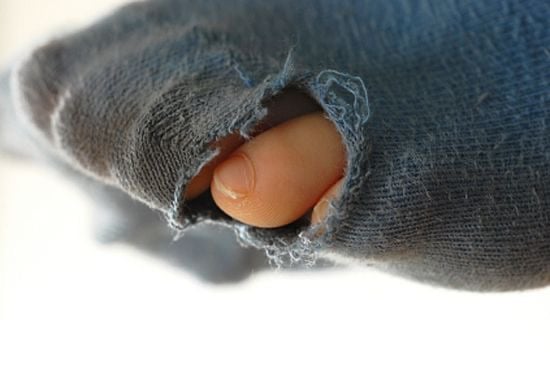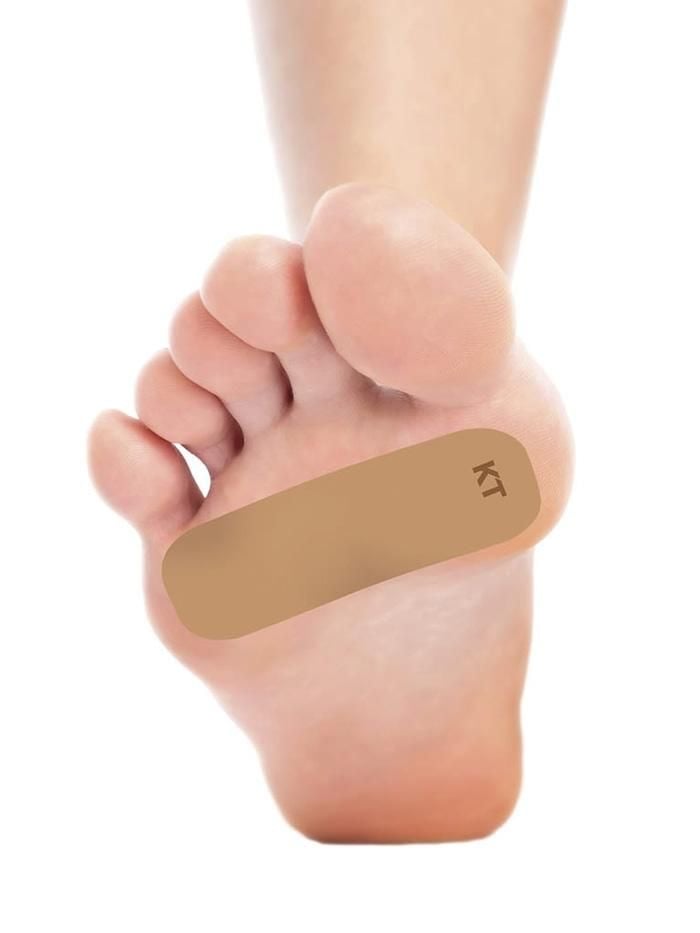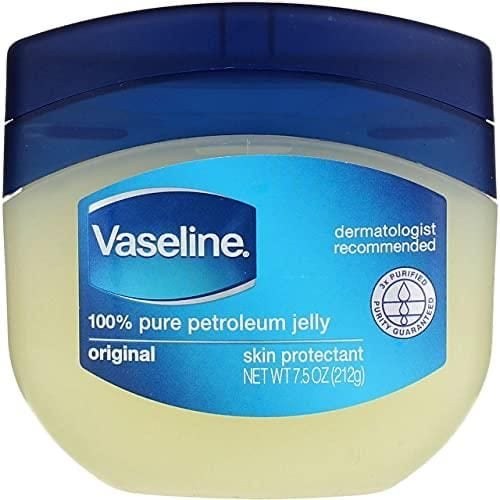Blisters: And the 8 step procedure to get back running.
Don’t let a fluid-filled foot get in the way of a finishers medal.


Okay, slight exaggeration on my part; feet don’t fill with fluid, perse. But dealing with blisters are just a serious pain the…well… foot.
Chances are you know what I’m on about; those raised bubble-like lumps, red and often painful or itchy on your foot. Most runners end up with blisters from longer distances especially marathons due to friction between sock/shoe and skin. Here we go with the friction again!
But of course, they can also appear from any type of training run, especially those breaking in new running shoes, alternatively, everyday footwear can cause rubbing against the skin too.


While most blisters don’t pose a serious health risk, they still shouldn’t be ignored or taken lightly. A painful blister can cause DNF (did not finish) and get worse with an infection (most commonly brought on by a popping of a blister without a sterile needle).
Incidentally, anything that can cause friction between the skin and the shoe/sock will increase your chances of a blister. Increasing heat and effort can cause a higher sweat rate – the excess moisture is a breeding ground for rubbing to occur – so leave the thick socks behind when your running in the summer; I don’t care if they’re comfortable, or your lucky socks; they’re best kept at home.
The same goes for socks with holes in them. No longer providing a boundary from the skin to the shoe, likely causing a rub (think about it, the holes are probably caused by rubbing anyway) – Your holy socks need to go.


Prevention is always better than cure, this goes for blisters too. Make sure your ready and blister-prepared before your long runs or event and you won’t go far wrong. Here are some things you can do:
Too tight and you have obvious excessive contact – perfect for shoe-to-skin rubbing to occur, however. Too loose causes the foot to move around in the shoe – there you are at risk of runners toenail and friction caused by the movement. When trying on running shoes, it would be beneficial to bring along your running socks so you can feel a harmonious, comfortable fit or not.
I recommend perusing shoe reviews and heading to a store that specialises in running shoes; they will be able to guide you towards the perfect fit for your high arch, heel-spurs or shoes for running off-road.
A guideline is to have half an inch space between the big toe and the box of your shoe; to ensure space for the natural spreading of the toes upon landing each step, to have space for swelling of the feet (as they get warm throughout your run) and to allow space when running downhill also.


Believe it or not, but there are running socks specifically designed to reduce the chance of getting blisters. Like t-shirt technology, running socks work to wick away moisture from the feet. They also utilise seams that are super comfortable, purposefully made to minimize rubbing and friction.
Probably the first thing your run coach or friend will tell you – never EVER wear brand new kit on a race day. You must always try it out first – break in the shoes, AND the socks. Leave nothing to chance on your race day; no race day jitters here, friend.
Sometimes blisters are inevitable. Especially with longer distances. Maybe you are about to head into a race and you notice an emerging blister – don’t panic. Tape can help you. Like creating an extra barrier to joggers nipple you can do the same with your feet; create an extra barrier. Zinc oxide tape is an inexpensive option, however, kinesiology tape would work a treat here too, available online and in any pharmacy.


Sorry, the pun was intended. Slowly increase your milage — the general rule is 10% increase per week so really try your best to stick to that. Jumping from 3 miles to 10 miles can irritate your feet (let alone injuries and issues elsewhere in the body).
Your bodies natural response to friction (particularly around the sole of your foot), is to produce calluses. An area of tougher, almost thicker skin. It is a completely natural response helping you to manage specific pressure points (quite endearing actually, when you think about it) – often found on the heel, ball of your foot, or around your big toe. Removing them will make room for blistering, so let the body do its thing; keep the calluses.
I never head out for a long run without vaseline in my running backpack. Neither do I ever put on my running shoes without first rubbing them in vaseline. I rub a light covering over the most pivotal points for me (top of the heel, big toe, outside of little toe and navicular boney prominence for example) because it will never cause harm to have an extra barrier between my skin, the socks, and shoes – and it worked! Zero blisters for all my marathons to date (and for one of those I didn’t wear socks!.


Even with all the preparation in the world, you cannot avoid a blister. Although I haven’t had any throughout my marathons, I most definitely have had my fair share throughout the years! So here is how I have fixed them during running.
You will need a little blister kit to fix minor to moderate blisters and keep you moving. Taking care of them early on will prevent blisters from becoming severe and risking infection. So in addition to a first-aid kit (a must for some races), ensure you have the following:
(pre-cut or you may need scissors here too)
(Please Note* this does NOT a substitute for a full medical kit/receiving medical aid or for treating the skin after the race – use to your own discretion)


It is always best to seek professional medical help, but when you’re stuck miles from home, in the middle of the forestry, wincing at every step due to a blister, this simple step by step should see you through:
I hope you have a great race, and don’t let friction get in between your running goals.





